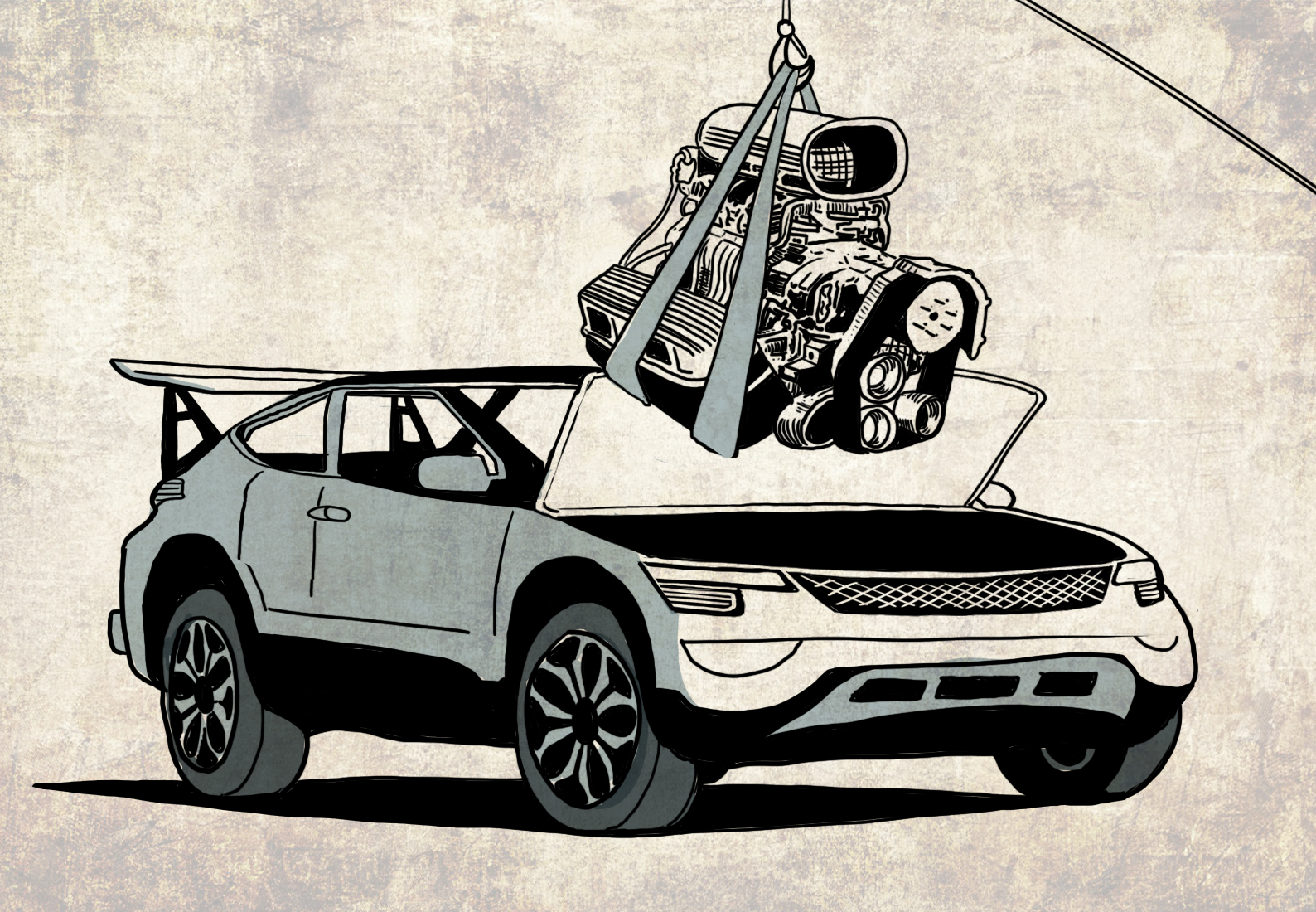When thinking of scientists, images of people in lab coats with protective eyewear delicately handling solutions in odd-shaped glassware commonly spring to mind. However, scientists can also use computers to make and test molecules virtually (in silico), a technique known as computer-aided drug design (CADD). But while it is far easier to “make” molecules on a screen, having a drawing of them is not enough. Molecules are dynamic — they are constantly wiggling about — and are much more complex than what is represented by a static image of them. Not only are molecules (nearly always) continually in motion, they are also making interactions with many other molecules (that are also in motion) and encountering differing environments that may alter their properties. While it is common to use the lock-and-key analogy to explain how drugs (often ligands) interact with drug targets (often proteins) in the body, it is important to keep in mind that these locks and keys are continually changing shape and interact with each other through complex quantum mechanical interactions. The water molecules solvating these molecules sometimes play an active role too.
A reimagining of this metaphor would be to picture a rock climber trying to hang onto a cliff face that was constantly changing shape. The rock climber can move around and use different tools to adapt to the cliff face, but cannot grow another arm to better hang on. In order to accurately capture all the nuances of a molecule in an environment, computers need to use a combination of different types of calculations to design the best drugs.
Some types of calculations, such as machine learning, are based on analyzing data from existing compounds and using those data to predict information about virtual compound designs. Other types of calculations go back to the fundamental physics behind the molecules and use this information to create models of virtual compound designs. With either route, there are two general ways to go about designing new drugs: analyze the cliff face (protein) or analyze the rock climber (ligand). These techniques are referred to as structure-based drug design (SBDD) and ligand-based drug design (LBDD), respectively. Both techniques will try to design a better rock climber, perhaps one that looks pretty different from previous rock climbers. The value of physics-based molecular modeling is partly its ability to potentially come up with rock climbers (ligands) that are unlike any that have been studied before.
Click here to learn the difference between SBDD and LBDD.







